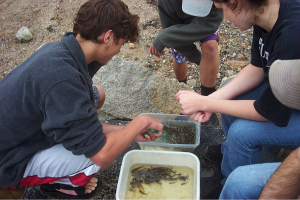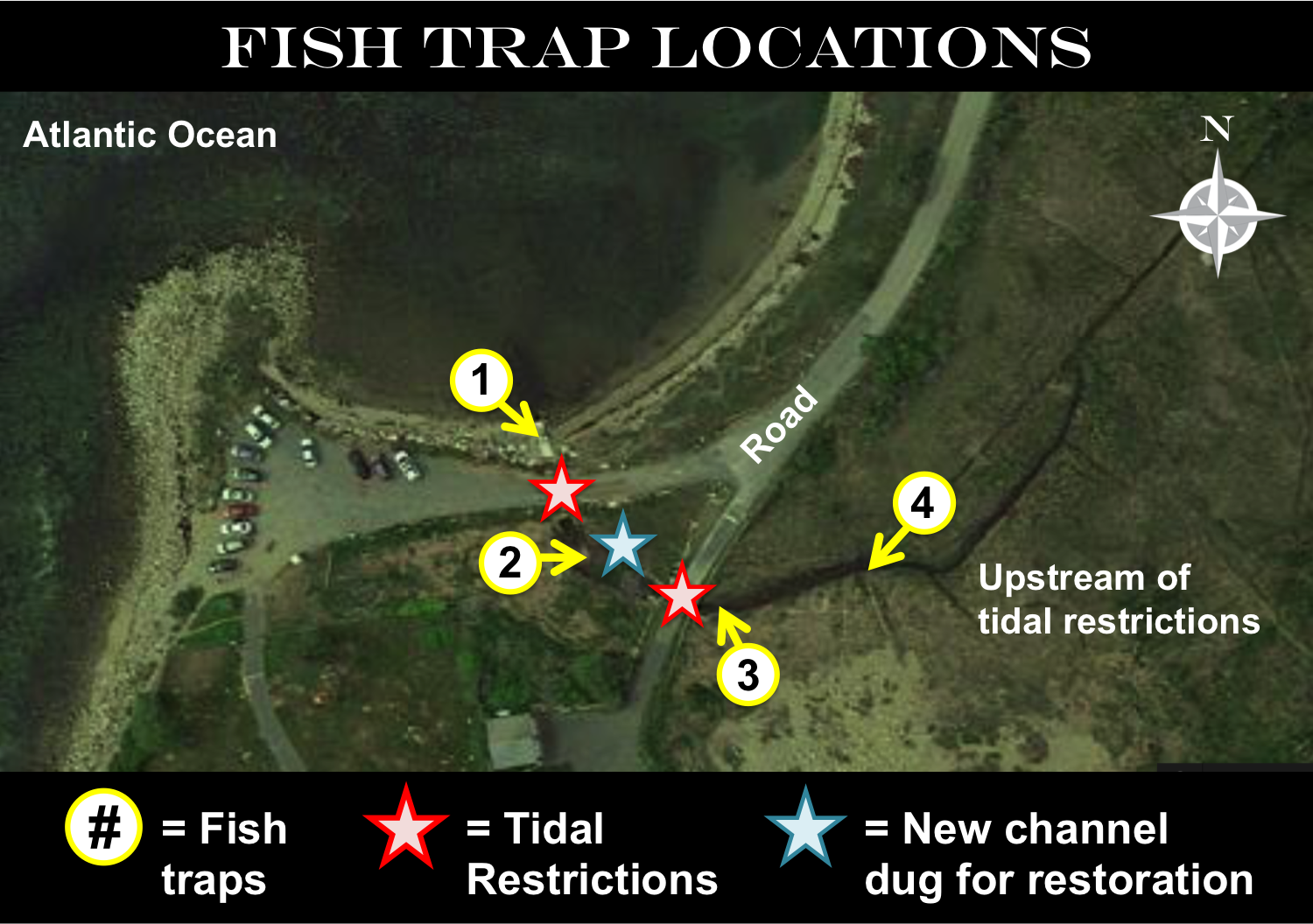The activities are as follows:
- Teacher Guide
- Student activity, Graph Type A, Level 4
- Student activity, Graph Type B, Level 4
- Grading Rubric
In our ocean, the connections between the environment and marine organisms are intricate and complex. The watery surroundings connect each level of the food web – including marine mammals, large fish, schooling fish, phytoplankton, and more. Climate change is causing our ocean to become warmer, and organisms are already starting to respond. When ocean waters change, the effects cascade through different levels of the food web. In order to understand how marine organisms, and their interactions, are affected by changing climate, we need accurate measurements that tell us what populations are like today and continue monitoring into the future.
As a biological oceanographer, Mei’s research focuses on organisms in the middle of marine food webs. These are the small schooling fish, like anchovies and herring, that consume other organisms, but are also vulnerable to predation. Growing up in Japan, the ocean was always a part of Mei’s life through hobbies such as swimming, fishing, and also from knowing the cultural importance of eating seafood and learning to prepare for tsunamis. She was first introduced to ocean science through a local fisher who had an oyster farm near her hometown. Since then, she has pursued her career as an oceanographer across three different countries – Japan, Canada, and the United States – both in academia and industry.
Mei now does research as part of a Long-Term Ecological Research project out of Massachusetts. This means that Mei is part of a scientist team working together to study long-term patterns in the ocean.
Looking at data over time allows Mei and others to better identify and understand the consequences of climate change. This information Mei next to the research vessel, Endeavor will help fishers and fisheries managers make decisions and prepare for the future.
In August 2023, Mei went to sea on one of the project’s research cruises. She wanted to take a closer look at one of the fastest-warming ocean areas and richest fisheries in the world – the continental shelf of the Northeast U.S. She boarded a large research ship for 6 days with a team of 14 other scientists who specialize in different areas of oceanographic research. To more accurately collect these data, Mei used sound! Echosounders bounce sound off marine organisms, such as fish. This tool is similar to fish finders that are used by most fishing boats. However, the technology used by Mei is more sensitive and provides more detailed data.
The amount of sound that comes back to the ship after bouncing off fish or anything in the water is called volume backscattering strength, and is measured in decibels (dB). The intensity of what comes back can serve as a measure of fish abundance. If there are more fish, the number becomes larger (less negative).
While the echosounder is operating, other members of the research team measure water temperature and other parameters from the surface to near the bottom. Temperature is measured in degrees Celsius (ºC), and depth is recorded in meters (m). Mei wanted to use these data to give her a snapshot in time of where fish are located.
Featured scientist: Mei Sato (she/her) from Woods Hole Oceanographic Institution and
Northeast U.S. Shelf LTER (NES-LTER)


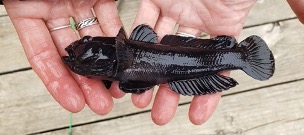


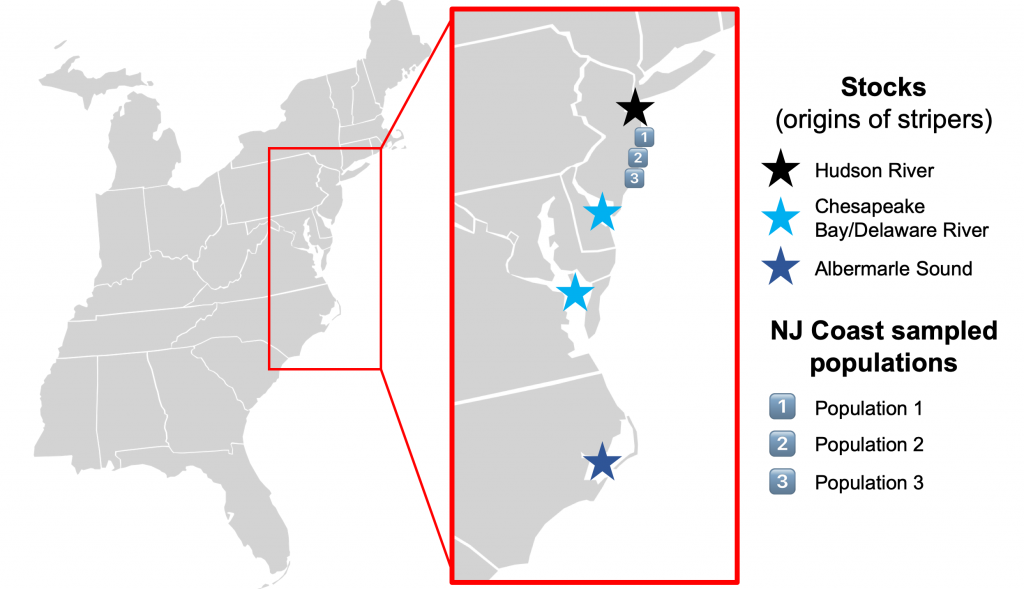
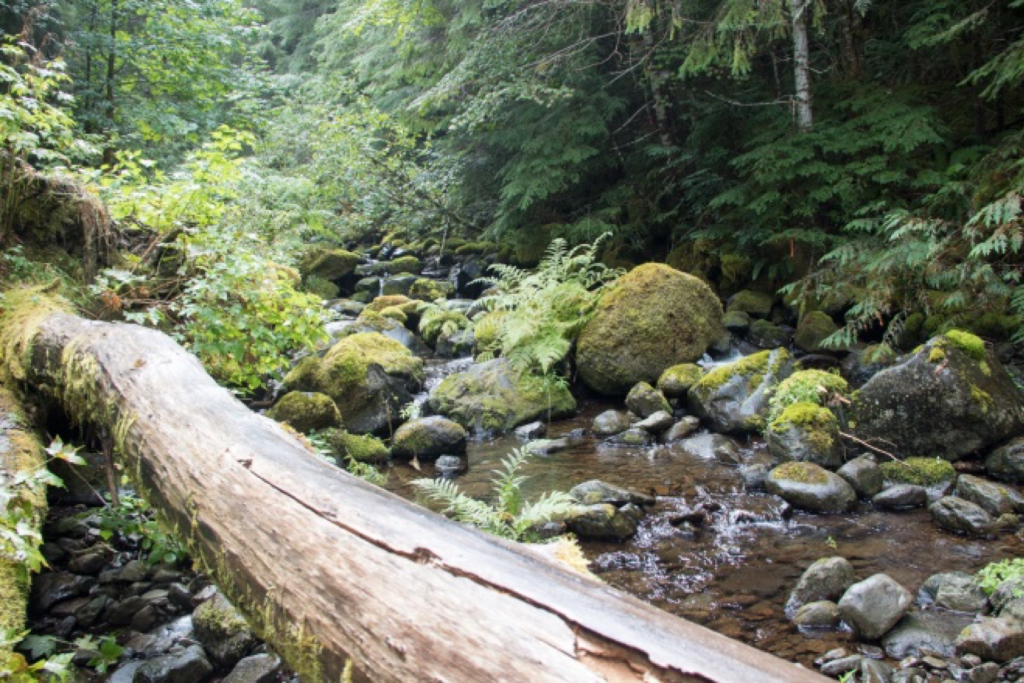
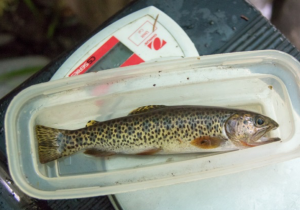

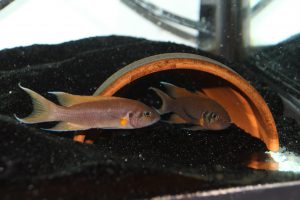
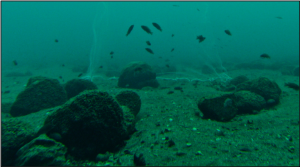
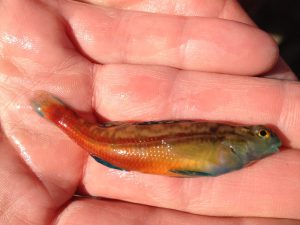
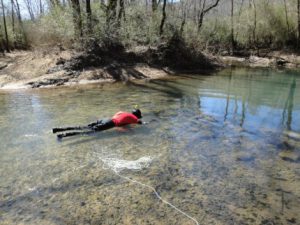
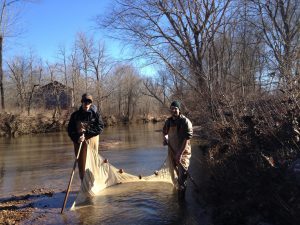




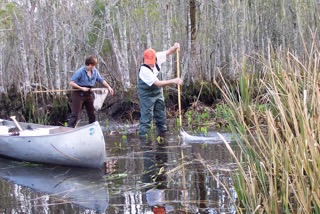
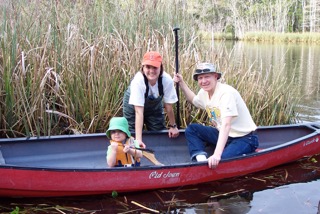
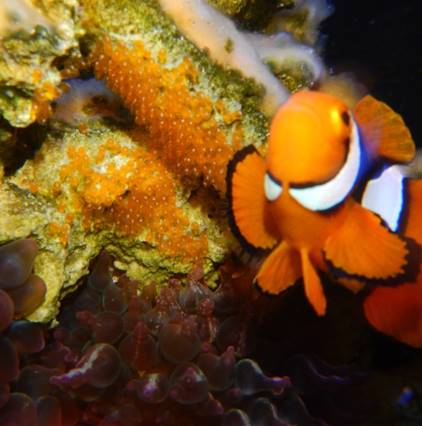
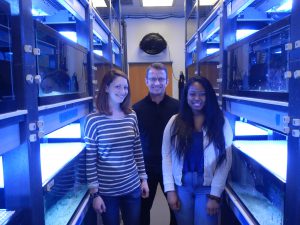
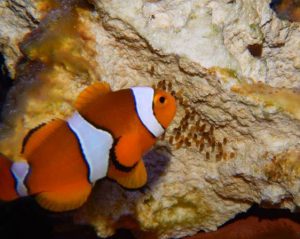
 About Tina: I first became interested in science catching frogs and snakes in my backyard in Ithaca, NY. This inspired me to major in Biology at Cornell University, located in my hometown. As an undergraduate, I studied male competition and sperm allocation in the local spotted salamander, Ambystoma maculatum. After graduating, I joined the Peace Corps and spent 2 years in Morocco teaching environmental education and 6 months in Liberia teaching high school chemistry. As a PhD student in the Buston Lab, I study how parents negotiate over parental care in my study system the clownfish, Amphiprion percula, otherwise known as Nemo.
About Tina: I first became interested in science catching frogs and snakes in my backyard in Ithaca, NY. This inspired me to major in Biology at Cornell University, located in my hometown. As an undergraduate, I studied male competition and sperm allocation in the local spotted salamander, Ambystoma maculatum. After graduating, I joined the Peace Corps and spent 2 years in Morocco teaching environmental education and 6 months in Liberia teaching high school chemistry. As a PhD student in the Buston Lab, I study how parents negotiate over parental care in my study system the clownfish, Amphiprion percula, otherwise known as Nemo. 

